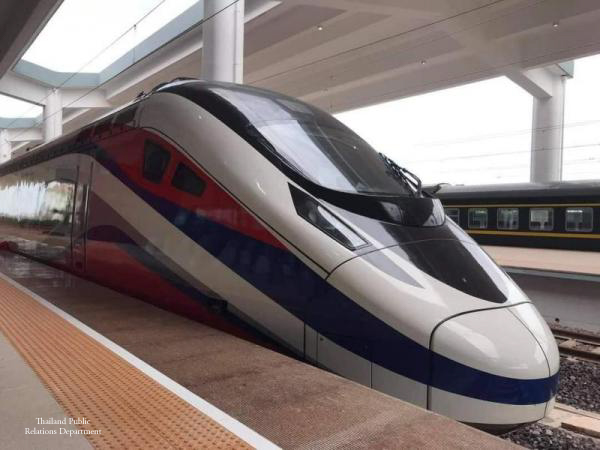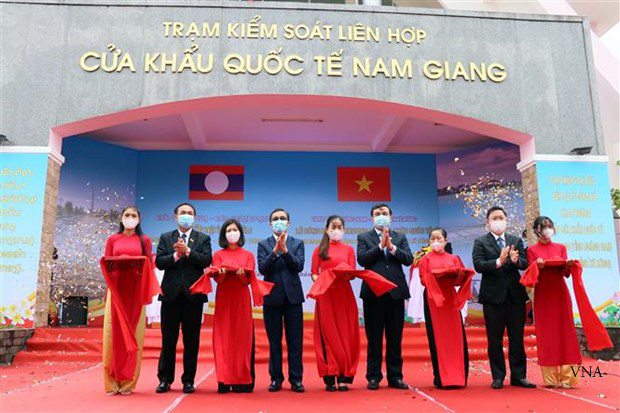
Chay Lap Farmstay in Phuc Trach commune, Bo Trach District, Quang Binh Province. The community-based tourism area was first supported by the GMS Sustainable Tourism Development Project funded by ADB. The People's Committee of Quang Binh province allowed it to partner with Oxalis Adventure Tours in order to upgrade the Farmstay to a four-star service. Photo by ADB
Viet Nam Eyes Development of Rural Tourism Powered by Digital Technology
Viet Nam is eyeing the development of rural tourism—such as community-based tourism, agricultural tourism, and ecotourism—backed by digital transformation.
Viet Nam has around 365 rural tourism spots and more than 2,000 traditional craft villages with potential for development under rural tourism.









